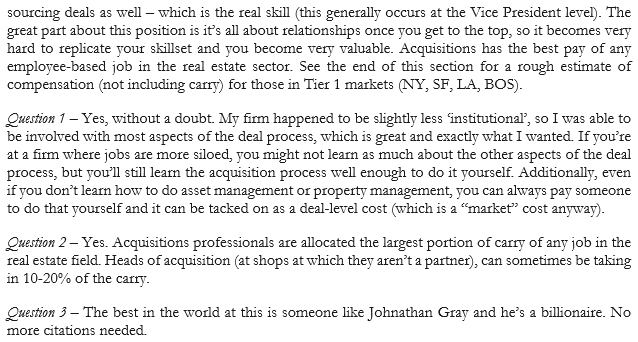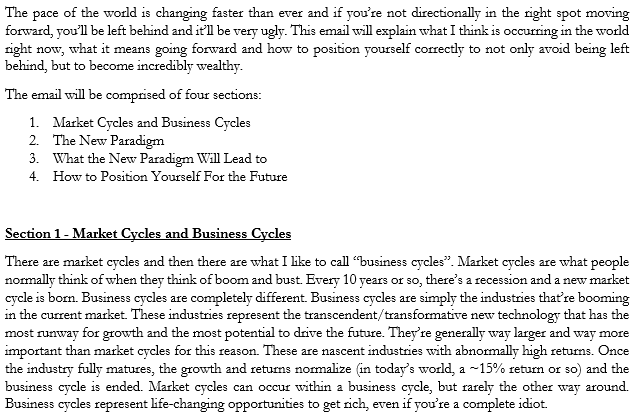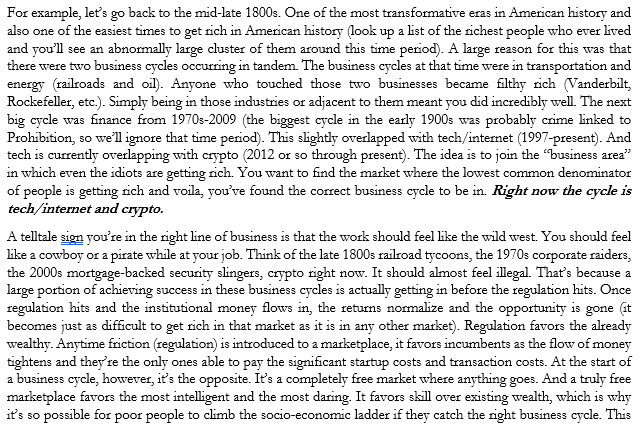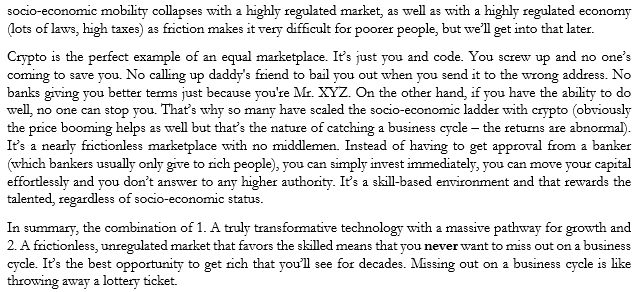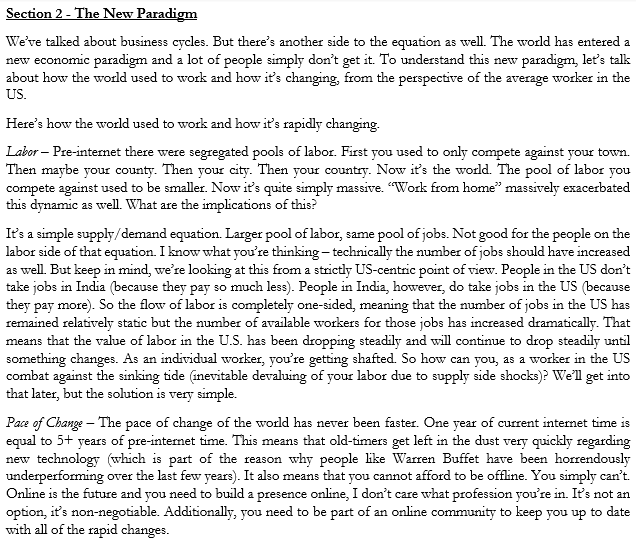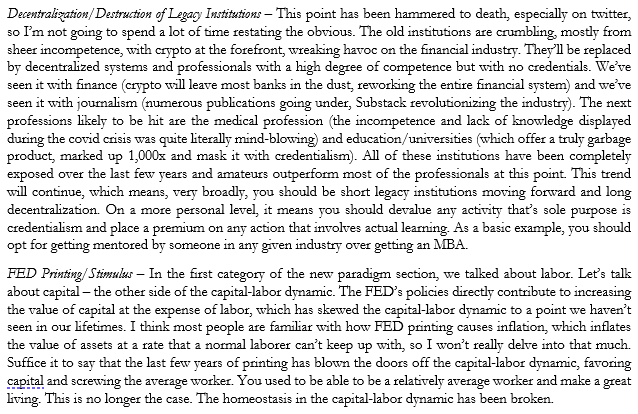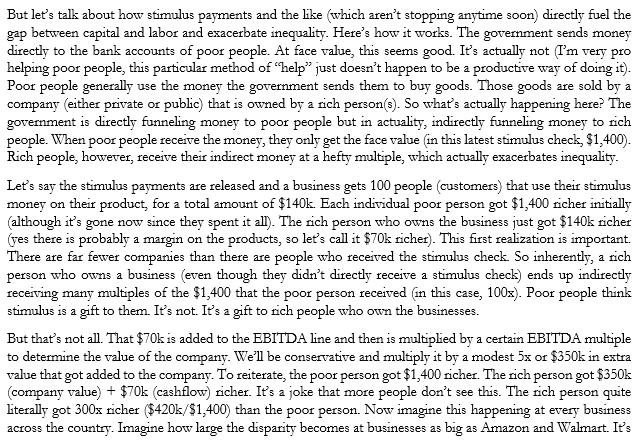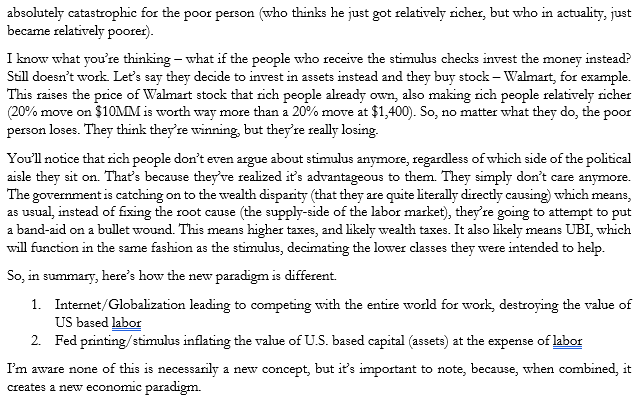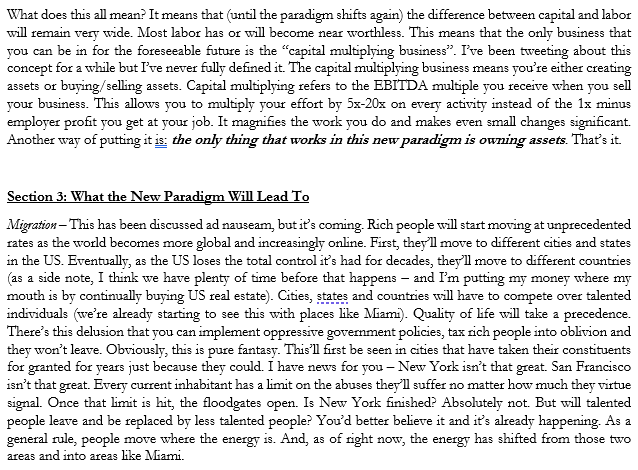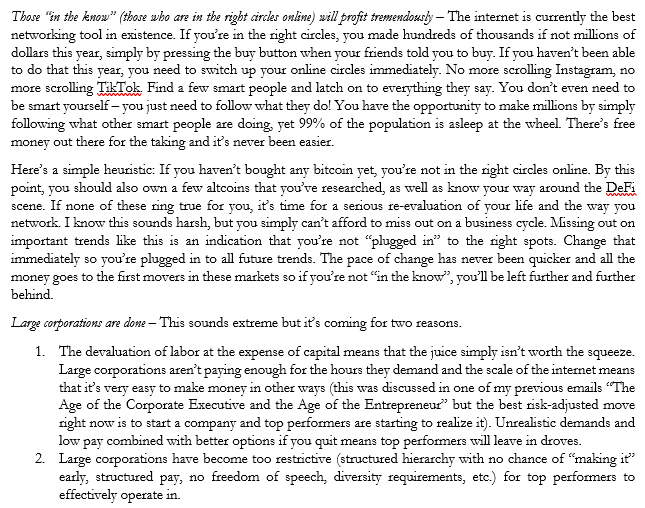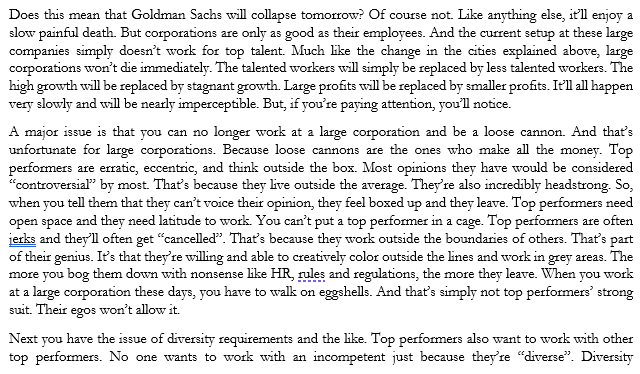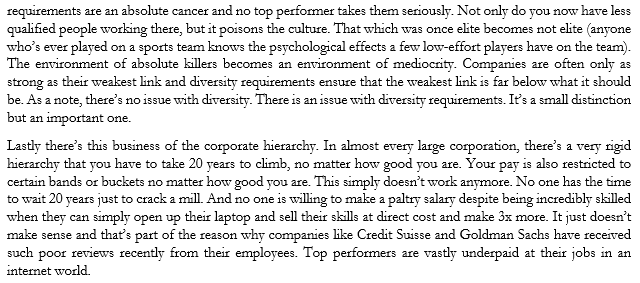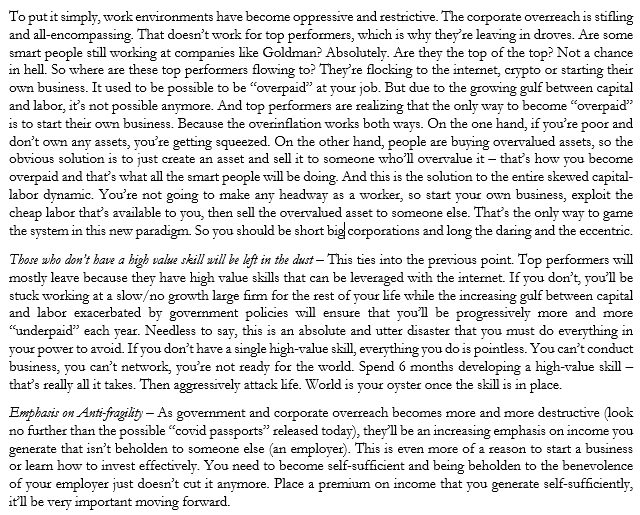
HOW TO KNOW WHEN TO IMPROVE YOUR PROPERTY:
Return on cost is simply the revenue boost or cost savings of a specific action (ex renovating units) divided by the cost to get there
Anytime the ROC exceeds the cap rate you bought the property for, that action is accretive
Return on cost is simply the revenue boost or cost savings of a specific action (ex renovating units) divided by the cost to get there
Anytime the ROC exceeds the cap rate you bought the property for, that action is accretive
For example, on my newest deal, changing out the toilets to more efficient toilets saves ~$3.5k/year on the water bill. Cost of the toilets will be ~$175/toilet*40 units = $7k. Add in labor costs, $10k total
That’s a ROC of 35%, which is very accretive as I’m buying for an 8 cap
That’s a ROC of 35%, which is very accretive as I’m buying for an 8 cap
Essentially, the starting NOI was $200k and the purchase price was $2.5MM ($200k/$2.5MM = 8% cap rate)
That $200k NOI becomes $203.5k after the cost savings and the cost of the deal becomes $2.51MM, resulting in an 8.1% yield, a 10 bps increase from the 8% I bought it for
That $200k NOI becomes $203.5k after the cost savings and the cost of the deal becomes $2.51MM, resulting in an 8.1% yield, a 10 bps increase from the 8% I bought it for
Say the market cap rate is 7%. Now, instead of only getting 100 bps of “compression” on the sale (8% down to 7%), you now get 110 bps of “compression” (8.1% down to 7%)
This increases your sale price by $50k ($3.5k/7% cap rate). Not bad
This increases your sale price by $50k ($3.5k/7% cap rate). Not bad
As a final note, just because something makes mathematical sense doesn’t mean you should do it
If you’re buying a property for $10MM for a 6% cap rate and the ROC of an action is 6.5% but only accounts for $5k in savings, that’s an incredibly small magnitude in relation to PP
If you’re buying a property for $10MM for a 6% cap rate and the ROC of an action is 6.5% but only accounts for $5k in savings, that’s an incredibly small magnitude in relation to PP
In that specific case, it would only increase the yield by 4/10ths of a basis point, which wouldn’t really move the needle (especially if the action is time consuming)
Sometimes your time is better spent elsewhere
Sometimes your time is better spent elsewhere
• • •
Missing some Tweet in this thread? You can try to
force a refresh






